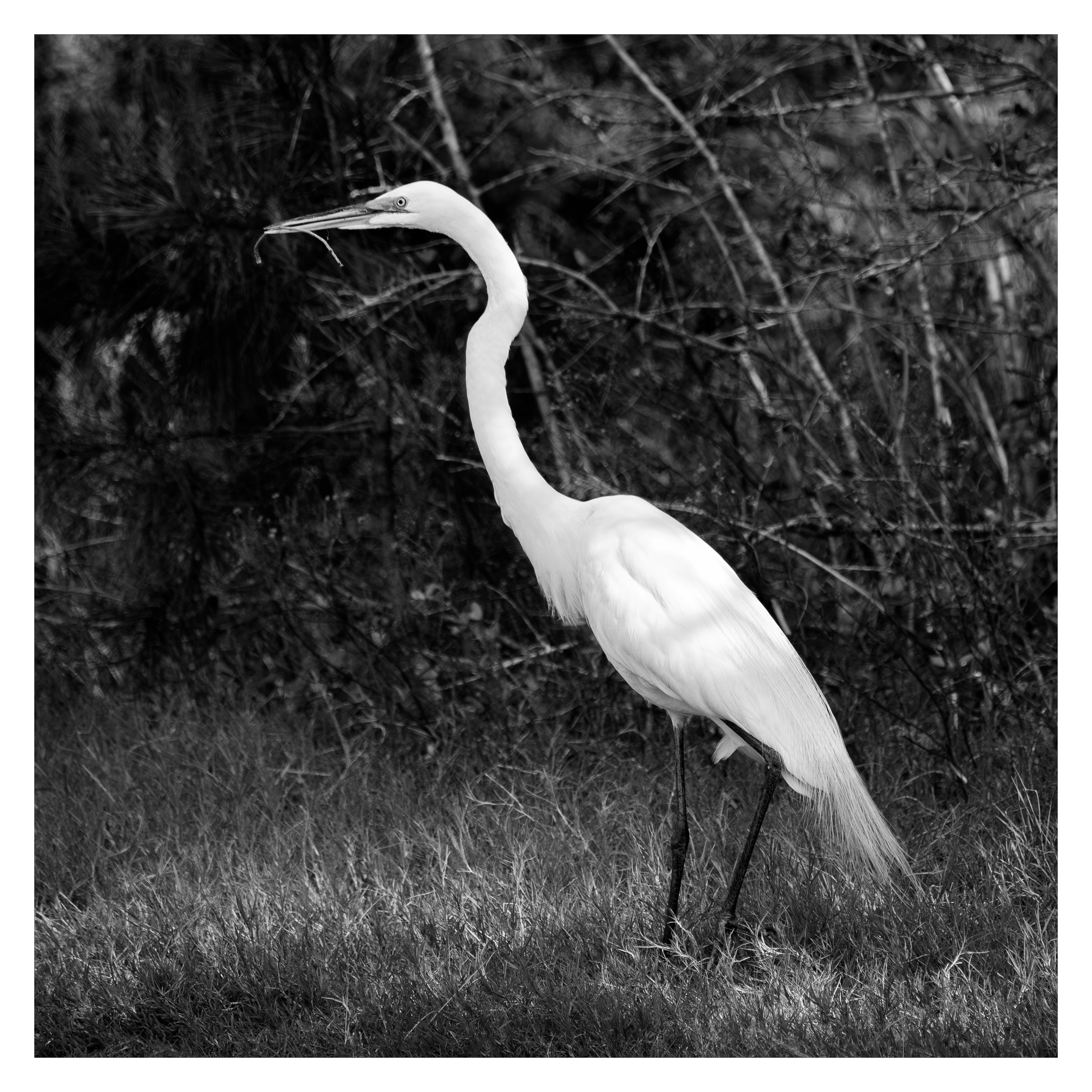Oblique Beach: A Fascination with Lines
Photo:Engage a photography blog you want to follow
“I think good dreaming is what leads to good photographs.” - Wayne Miller
What makes any particular photograph interesting? That probably depends on who the viewer is but for the most part, it's about subject, composition, and light. Answer these questions: What is the focal point of the image? Is it composed well? And is there good lighting?
It's quite common to see photographs of a pretty scene that lack an obvious subject. Grand vistas often awe us in person but lack pizzazz as a photograph. Why? The image has no subject. The subject is where the viewer can rest their eyes as they look around the image. It's likely the main point of the image. Make sure your images have a subject!
Let's address lighting. This is tricky because it's very subjective. Harsh lighting from a noon summer sun casts vertical shadows and makes an image look flat. However, black and white images in these conditions can look dramatic. For the most part, as a landscape photographer, I'm looking for low sun, typically at sunrise or sunset. An added bonus at these times of day is the beautifully warm golden glow of the light that makes almost every subject look fantastic. Remember that photography means drawing with light, so consider your lighting every time you press the shutter release on your camera.
And finally... composition. The big one. Composition can make or break your image. In landscape images, I usually strive to create a pleasing sense of space around my subject, but not always with the subject centered. Asymmetry has a beauty about it so I often place my subject off to one side or the other. However, I always consider balance. The image should appear evenly weighted side to side, so if my subject is to the left, for example, then I might balance the image with clouds to the right. Another thing I usually work for is to create a sense of depth to my photographs. Ideally, the viewer feels as if they are there in the scene. I do this with exposure, leading lines, and color theory (which really helps with depth). I try to guide the viewer's eyes through the image while avoiding lines that lead them off the edge of the photograph. As I wrote in my post on Jun 26, 2021...
Sometimes, conditions just work out splendidly. The clouds, horizon, sun, waves, sand, and rocks all find their perfect position in a beach composition. Look at all the different lines! No wonder I called this ‘Oblique Beach.’
The clouds rising to the south across the image, the horizon dead level at the distant offing, the incoming curls of the surf reaching the Cape Henlopen beach at a descending angle, and the rocks with all their divergent polygon sides lined up in smart chaos at our feet. The only thing straight ahead is the marvelous reflection of our coquettish summer star. What a spectacular morning!
Clicking on the image will open it in full screen




Comments
Post a Comment